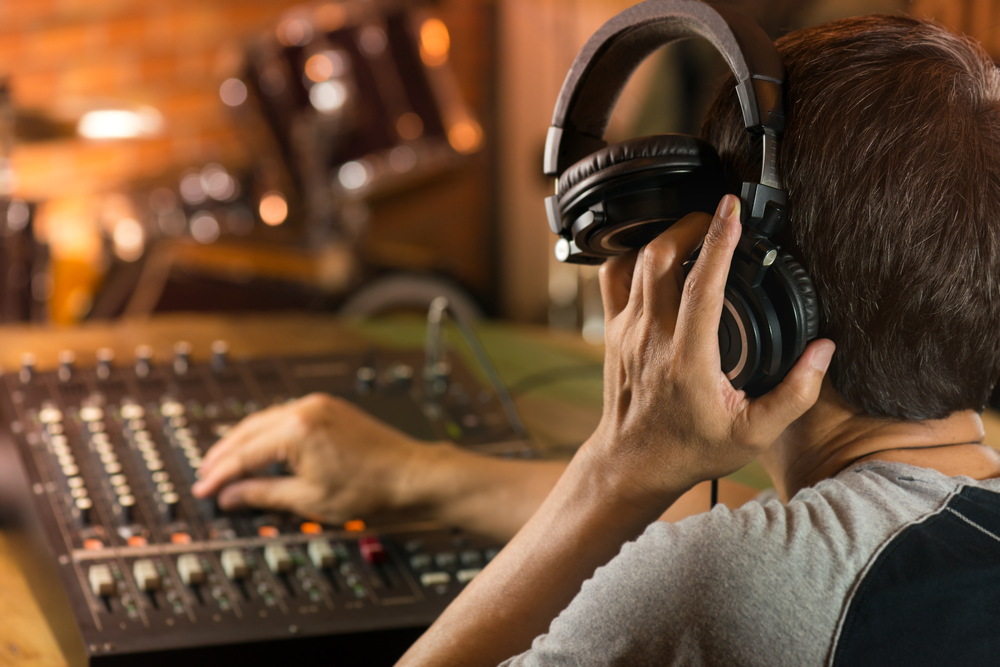I am happy to say that I have my own recording studio in my home. It consists of my computer, a couple of home recording suites, and a bunch of hardware ranging from mics to mixing boards and effects machines. And of course, I have all my instruments. I look at my setup now and have to laugh about how I recorded back in the 1980s. Can you say sound-on-sound recording?
Everything is done digitally these days. In fact, I don’t even have to do my own recording if I don’t want to. I can hook up with Supreme Tracks out of New York City and do everything online. Making music online? How does that work?
You collaborate with Supreme Tracks to do whatever you need done. You can record drums online; you can record bass online; you could even have the studio handle all your arranging and orchestration. They work with professionals located all around the country to give you exactly what you want. They all collaborate online.
My Old Tape Deck
Making music online is a far cry from what I used to do some 40 years ago. I was just a twenty-something kid with no money, no connections, and a ton of original music I wanted to record. I was fortunate to have been given a reel-to-reel tape deck by my father. This tape deck had a crazy feature I fell in love with – sound-on-sound.
Back then, the magnetic tapes we recorded actually had four tracks. Two tracks ran in either direction so that you could flip the tape over and record on the other side. Sound-on-sound made it possible to record multiple tracks separately and mix them together.
It was a primitive process. You would record your first track, which would likely be the rhythm section. Then you would rewind the tape and play that track. Meanwhile, you would be playing a second instrument that was recording to the second track. The tape deck would both record your instrument and copy the sound from your first track onto the second.
You could continue repeating this process, adding instruments in layers. The problem was that you had to get the mix for each track right because you couldn’t go back and do a master mix later on. I was able to make some pretty nice recordings after mastering the process.
Learning Multi-Track Recording
The quality of my early sound-on-sound recordings left a lot to be desired. They certainly weren’t good enough for the radio. But still, I counted the experience valuable because I learned a lot about multi-track recording. I eventually went into a professional studio to record my first album. The industry was still using magnetic tapes back then, but at least I had eight side-by-side tracks to work with. I was no longer stuck layering one sound on top of another.
I eventually graduated to the digital recording when computer hardware and software caught up. That brought an end to my studio days. It was a lot cheaper – and more fun, too – to do my own recording at home. I continue making music that way even in my late fifties.
Modern digital technology makes it a lot easier for me to produce high-quality recordings. Needless to say, I am quite happy with what I can create for the amount of money I’ve spent. Nonetheless, I look back on the early 1980s with fondness and a few laughs. I put a lot of time and effort into sound-on-sound. It is all I had. And for the day, it was pretty fantastic.

